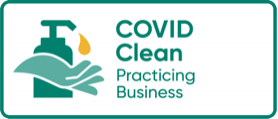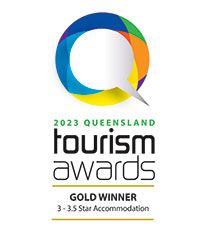Eco & Sustainability
During construction, Magnums used insulation materials in walls and roof to maximise energy efficiency. Ceilings and verandahs were constructed to let as much natural light in as possible. We also used renewable materials such as timber and we chose environmentally sensitive paint. Magnums walkways are designed to minimise disturbance to trees and vegetation within the property.
World Environment Day 2022
In 2022, Magnums Nature Action pledge was to remove single-use plastic toiletries and to source some that are biodegradable. Well… we are thrilled to announce that we have achieved our goal. All our ensuite cabins now have an ECO range of toiletries.
Magnums also participated in Earth Hour and we also have installed several Climate Change signs throughout the resort.
We believe that all these small things make a HUGE difference.
Do you have any tips on how Magnums can be even greener? Please don’t hesitate to give us your feedback on how we can better ourselves!













Quicklinks
Contact us
FREECALL: 1800 624 634 (within Australia) | +61 7 4964 1199 (International)
Magnums Unique Accommodation acknowledges the Traditional Custodians of the Land on which we work and live, and recognise their continuing connection to land, waters and community. We pay our respects to them and their cultures, and to Elders past, present and emerging.















